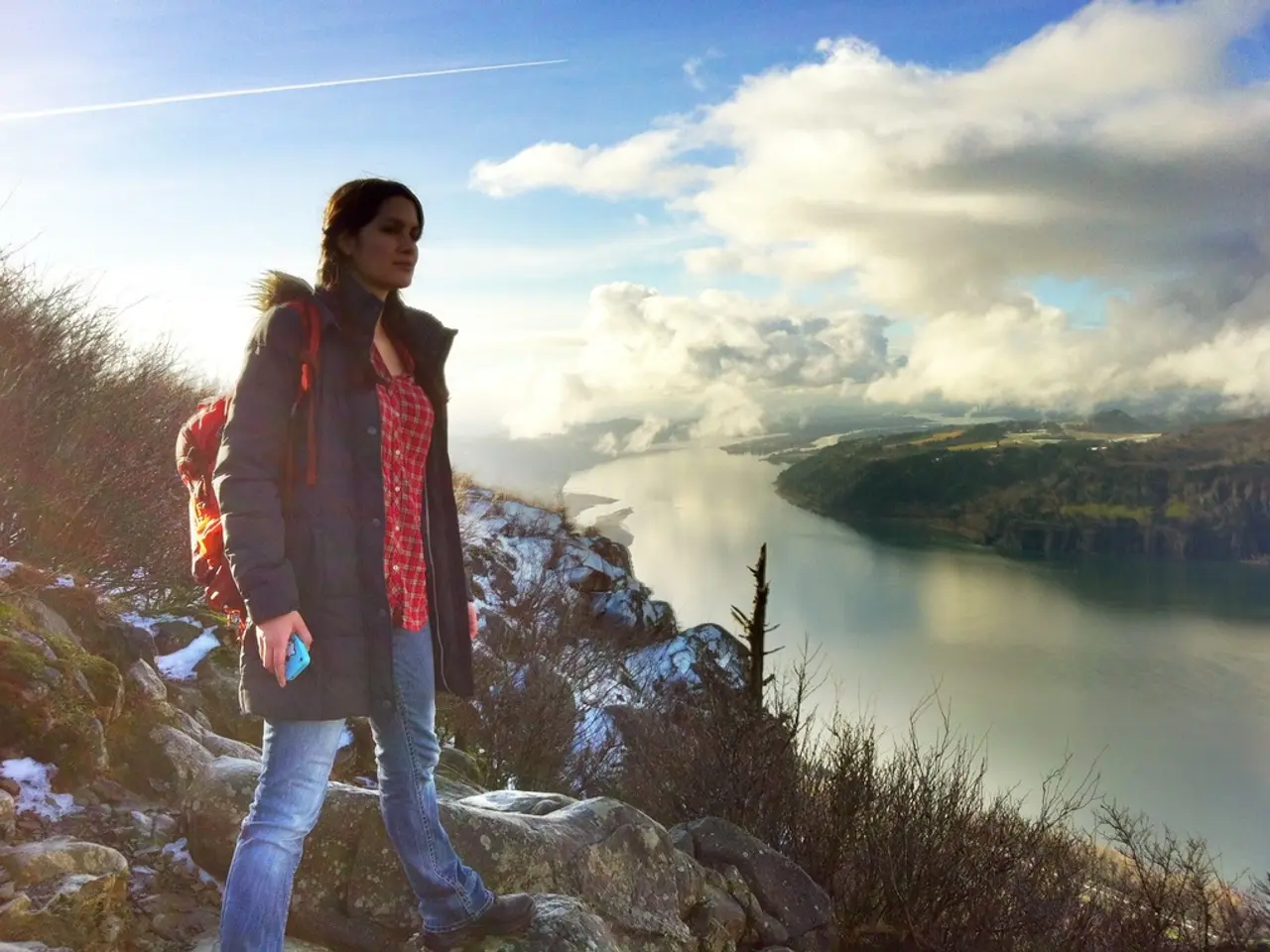Encounter Petra, a woman fearlessly making her home within a subterranean abode – a cave.
In Mexico's rugged Sierra Madre Occidental mountains, a unique culture thrives amidst the towering peaks and vast canyons. The Tarahumara, also known as the Rarámuri, maintain a connection to their land and culture that spans centuries, living in natural shelters such as caves and cliff overhangs. One such woman, Petra, has spent her entire life in a cave, raising her seven children there.
Petra's cave home measures approximately 100-150 square feet, a cozy space that houses essentials like a small kitchen, beds, a cabinet, dining table, chairs, and storage space. Her kitchen consists of cooking utensils, a shelf, wall hooks, and a small woodstove made from half a steel drum. The largest section of her cave enclosure is just over 6 feet tall, with a stone wall enclosing its entrance, trapping most of the heat produced from the stove. Smoke from the stove is shuttled outside via a pipe through the rock wall, keeping Petra's cave surprisingly warm with very little smoke residue.
Outside, Petra tends to her gardens, growing corn, beans, squash, garlic, and other vegetables. Free-range chickens roam freely, adding to her family's sustenance. Despite the challenges posed by modern society—including health, economic, and social issues—the Tarahumara culture remains vibrant. They continue to speak their native Tarahumara language, though its use is declining due to the influence of Spanish.
The Tarahumara's resilience lies in their ability to preserve language, traditions, and their longstanding connection to the Sierra Madre landscape, including the famous Copper Canyon area. They engage in subsistence farming, growing maize and beans, and raise livestock like cattle, sheep, and goats. Additionally, they practice transhumance, moving seasonally to different areas, which sustains their close relationship with their environment and ancestral ways of life.
The community is also adapting to modern changes by participating in responsible tourism initiatives. These programmes aim to raise awareness and provide economic opportunities without compromising their traditional values. While modernization and external influences pose risks, the Tarahumara adapt by blending traditional knowledge with selective modern practices to sustain their unique identity in a changing world.
The Sierra Madre wilderness was largely inaccessible, allowing the Tarahumara to maintain their traditional way of life for centuries. However, roads have started to penetrate deeper into the canyons, bringing change to the Tarahumara way of life. Despite this, some, like a younger generation Mexican named Mario, are choosing to move into their own cave homes for similar reasons as Petra.
The Tarahumara people face October weather that can produce frost and even snow due to the high elevation. They retreated into the Sierra Madre during the 16th century to escape Spanish slave raids and Christian missionaries. Today, their population stands at approximately 50,000, with a majority living in small wood or stone cabins, while about 5% reside within mountain caves and rock outcroppings. Petra's cave faces Southeast, allowing natural sunlight to filter in through the doorway for much of the day.
The Tarahumara's story is one of resilience and adaptation, a testament to the power of tradition and the human spirit. Despite the pressures of modern society, they continue to preserve their unique culture and way of life, finding a balance between the old and the new.
In Petra's home nestled within the Sierra Madre Occidental mountains, outdoor-living is a necessity and part of her lifestyle, with gardens and free-range chickens providing sustenance. Meanwhile, her cozy cave home, containing essentials like a small kitchen and storage space, symbolizes the harmony she maintains with home-and-garden, even in her unique environment.




